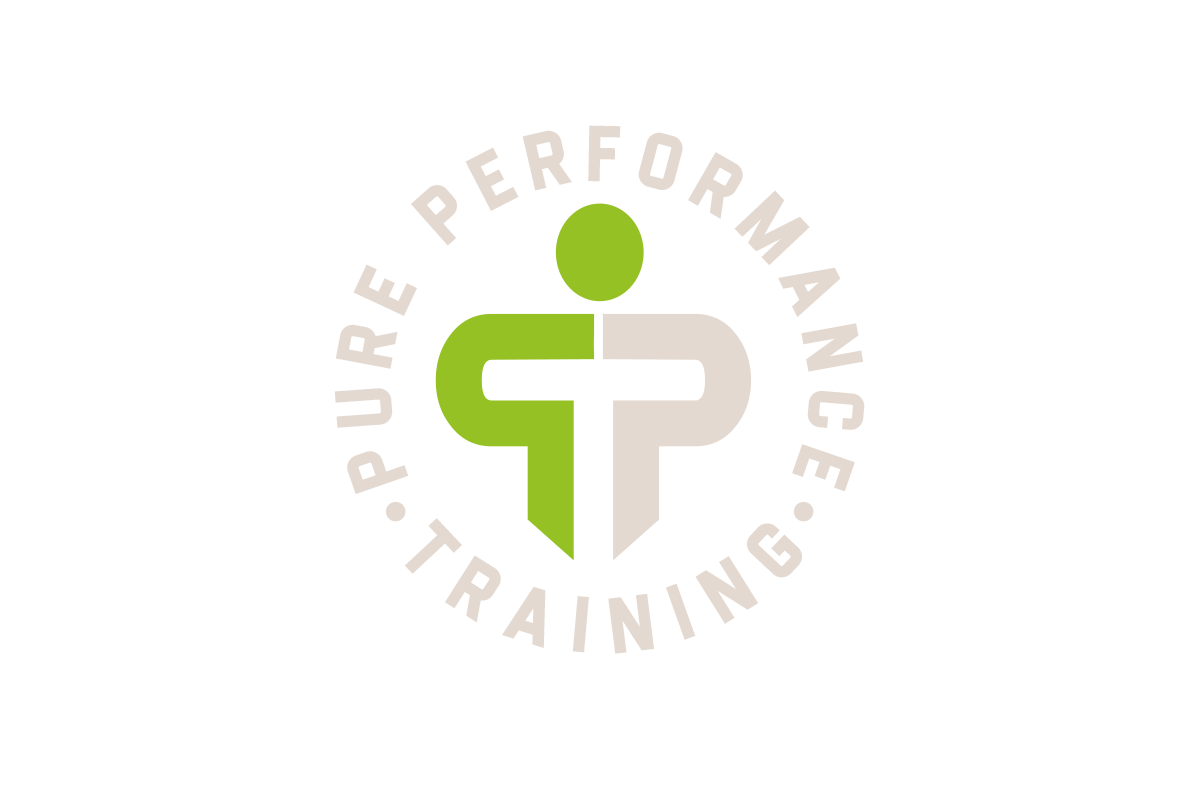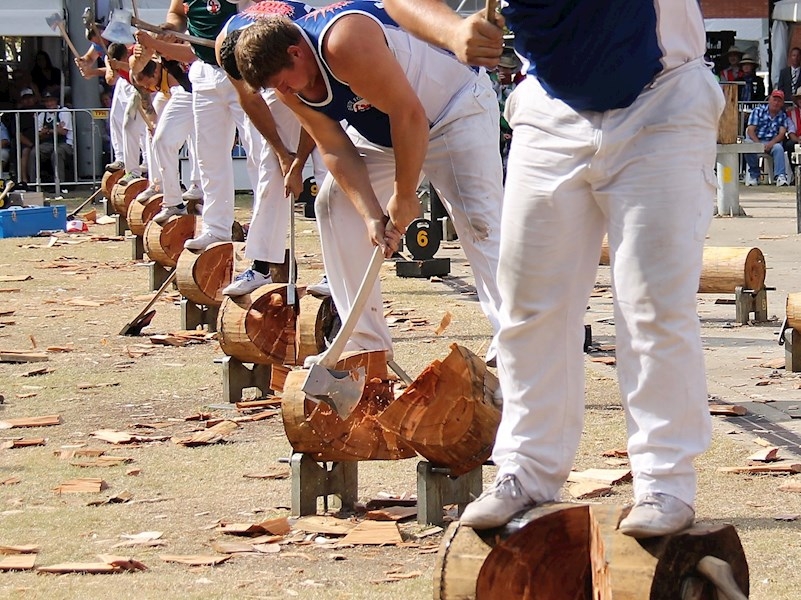THE CHOP PATTERN
Chopping exercises are a staple in most of our fitness programming. Not only are they one of the best ways to build reflexive core strength and endurance, they’re also a great assessment tool to identify left/right side imbalances.
The chop pattern is a fundamental human movement involved in a wide variety of sport and fitness activities like running, throwing, changing directions, and single arm rowing and pressing variations.
As an exercise, chopping is rooted in the science of proprioceptive neuromuscular facilitation (PNF), which utilize three-dimensional movements—referred to as spiral and diagonal patterns.
Chopping challenges your ability to maintain spine and hip position in all three planes of movement while transferring force between the upper and lower body.
The Set Up
The chop can be performed from a variety of positions depending on skill level and desired purpose. Typically, the starting place for most people is the tall kneeling position—both knees down—because it provides the highest degree of stability, then progressing to half-kneeling—one-knee on the floor, one knee up and bent at 90 degrees.
The kneeling position neutralizes the lower body so the hips and deep core muscles have to function on their own as stabilizers.
We’ll focus on the half-kneeling version of the chop in this article since it also provides a good opportunity to flush out left/right stability imbalances that might limit performance in higher-level patterns.
The Exercise
Begin by kneeling perpendicular to a cable machine with the leg closest to the machine up and the outside leg down, both bent at ninety-degrees. This will create an open space in which to pull down into in front of the knee that is down. A wide stance makes the exercise more stable; a narrow stance provides a greater challenge to balance and stability.Take a deep breath in then let all your air out to bring your rib cage down towards your hips. The goal here is to maintain the “breath out” position throughout the exercise, but you won’t be holding your breath. In other words, use your breath to lead you to the right posture then use your abdominals to hold that position so you don’t lose it when you move and breathe during the set.
Avoid leaning forward into the hip—you shouldn’t feel much of stretch in the front of your hip. This shifts the burden away from the active core stabilizers and allows you to press into the front of the joint capsule for stability.
Grab the weight—you can use a rope, handle, or bar—and pull your arms down and across your body in a diagonal motion—from above your shoulder to the opposite hip—while maintaining a stable midline position. Breathe in at the top position and back out as you pull down and across.
As you can see in the video, the goal is not to create rotational movement, but to stabilize the movement of the arms moving across the chest by using the core to keep the rib cage and pelvis connected.
It is particularly important to note that this has to happen at the bottom of the chop and at the top. The most common mistake during this exercise is to relax at the top, which causes the back to go into extension, rotation, and side bend toward the weight.
Progression
Once you’ve mastered the basic pattern and requisite motor control you can alter the set-up to reflect different positions and challenge other qualities like strength and power development.
THE CHOP PATTERN
[/fusion_title][fusion_text]Chopping exercises are a staple in most of our fitness programming. Not only are they one of the best ways to build reflexive core strength and endurance, they’re also a great assessment tool to identify left/right side imbalances.
The chop pattern is a fundamental human movement involved in a wide variety of sport and fitness activities like running, throwing, changing directions, and single arm rowing and pressing variations.
As an exercise, chopping is rooted in the science of proprioceptive neuromuscular facilitation (PNF), which utilize three-dimensional movements—referred to as spiral and diagonal patterns.
Chopping challenges your ability to maintain spine and hip position in all three planes of movement while transferring force between the upper and lower body.
The Set Up
The chop can be performed from a variety of positions depending on skill level and desired purpose. Typically, the starting place for most people is the tall kneeling position—both knees down—because it provides the highest degree of stability, then progressing to half-kneeling—one-knee on the floor, one knee up and bent at 90 degrees.
The kneeling position neutralizes the lower body so the hips and deep core muscles have to function on their own as stabilizers.
We’ll focus on the half-kneeling version of the chop in this article since it also provides a good opportunity to flush out left/right stability imbalances that might limit performance in higher-level patterns.
The Exercise
Begin by kneeling perpendicular to a cable machine with the leg closest to the machine up and the outside leg down, both bent at ninety-degrees. This will create an open space in which to pull down into in front of the knee that is down. A wide stance makes the exercise more stable; a narrow stance provides a greater challenge to balance and stabilityTake a deep breath in then let all your air out to bring your rib cage down towards your hips. The goal here is to maintain the “breath out” position throughout the exercise, but you won’t be holding your breath. In other words, use your breath to lead you to the right posture then use your abdominals to hold that position so you don’t lose it when you move and breathe during the set.
Avoid leaning forward into the hip—you shouldn’t feel much of stretch in the front of your hip. This shifts the burden away from the active core stabilizers and allows you to press into the front of the joint capsule for stability.
Grab the weight—you can use a rope, handle, or bar—and pull your arms down and across your body in a diagonal motion—from above your shoulder to the opposite hip—while maintaining a stable midline position. Breathe in at the top position and back out as you pull down and across.
As you can see in the video, the goal is not to create rotational movement, but to stabilize the movement of the arms moving across the chest by using the core to keep the rib cage and pelvis connected.
It is particularly important to note that this has to happen at the bottom of the chop and at the top. The most common mistake during this exercise is to relax at the top, which causes the back to go into extension, rotation, and side bend toward the weight.
Progression
Once you’ve mastered the basic pattern and requisite motor control you can alter the set-up to reflect different positions and challenge other qualities like strength and power development.

